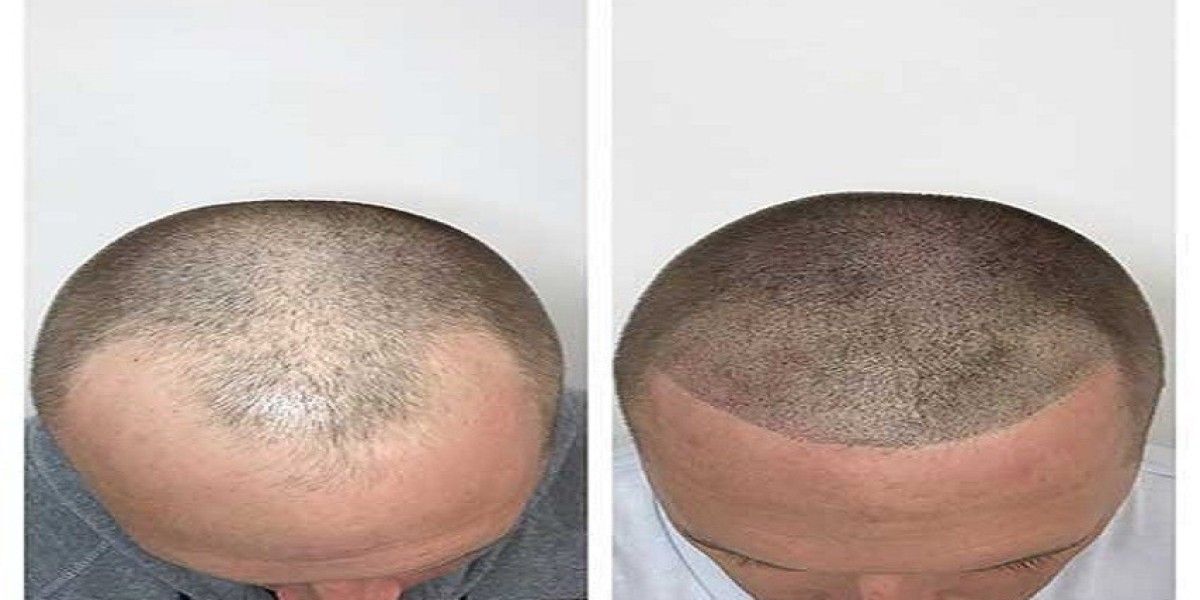Spotting gray strands in your teenage years can feel unusual — after all, graying is often associated with aging. But in recent years, more teens are experiencing premature graying, raising questions about what’s really causing it. While genetics often play a part, several lifestyle and environmental factors may be contributing to the trend.
1. Genetic Predisposition
The most common reason for gray hair in teens is hereditary. If your parents or grandparents experienced early graying, there’s a strong chance you might too. Genetics determine when your melanocytes — the pigment-producing cells in hair follicles — begin to slow down or stop producing melanin, the pigment responsible for hair color.
2. Nutritional Deficiencies
A diet lacking in key nutrients like vitamin B12, iron, copper, and folic acid can lead to premature graying. These nutrients play vital roles in melanin production and hair follicle strength. Teens who skip balanced meals or consume excessive junk food may unknowingly speed up pigment loss.
3. Chronic Stress
Stress doesn’t just affect your mood — it also impacts your hair health. Prolonged emotional or physical stress triggers hormonal imbalances and oxidative stress in the body, damaging the cells responsible for hair pigmentation. Studies show that stress can accelerate the depletion of stem cells that regenerate hair color.
4. Hormonal Changes During Adolescence
The teenage years are marked by rapid hormonal fluctuations. These changes can disrupt normal hair growth cycles and pigment production, especially when combined with poor sleep, irregular diets, and stress.
5. Pollution and Chemical Exposure
Environmental toxins and harsh hair products can harm the scalp and follicles. Frequent use of chemical dyes, straighteners, or styling products may damage the melanin cells, leading to early graying. Similarly, exposure to air pollution and UV radiation adds oxidative stress to hair cells.
6. Smoking and Unhealthy Habits
Smoking reduces blood flow to the scalp and increases free radical damage — both of which accelerate graying. Teens who start smoking early may experience visible hair changes sooner than expected.
Conclusion
Gray hair in teenagers is becoming more common, but it’s not always irreversible. By maintaining a balanced diet, managing stress, and minimizing exposure to chemicals and pollution, teens can protect their natural hair pigment for longer. Remember, healthy hair starts with healthy habits — and small lifestyle changes today can make a big difference tomorrow.
Laser Light Therapy for Hair: A Safe Way to Improve Density and Scalp Health
Hair Loss to Hair Confidence: PRP Therapy’s Role in Revitalizing Hair Density








